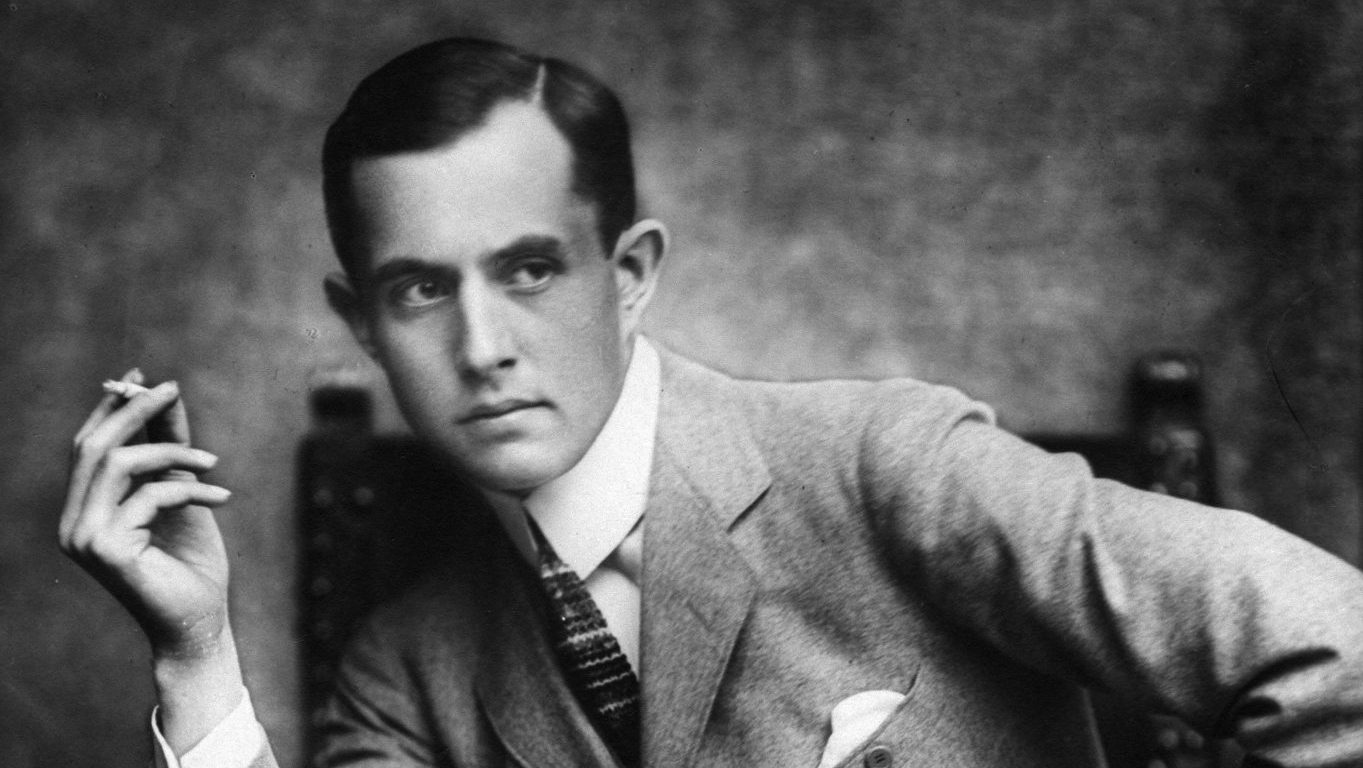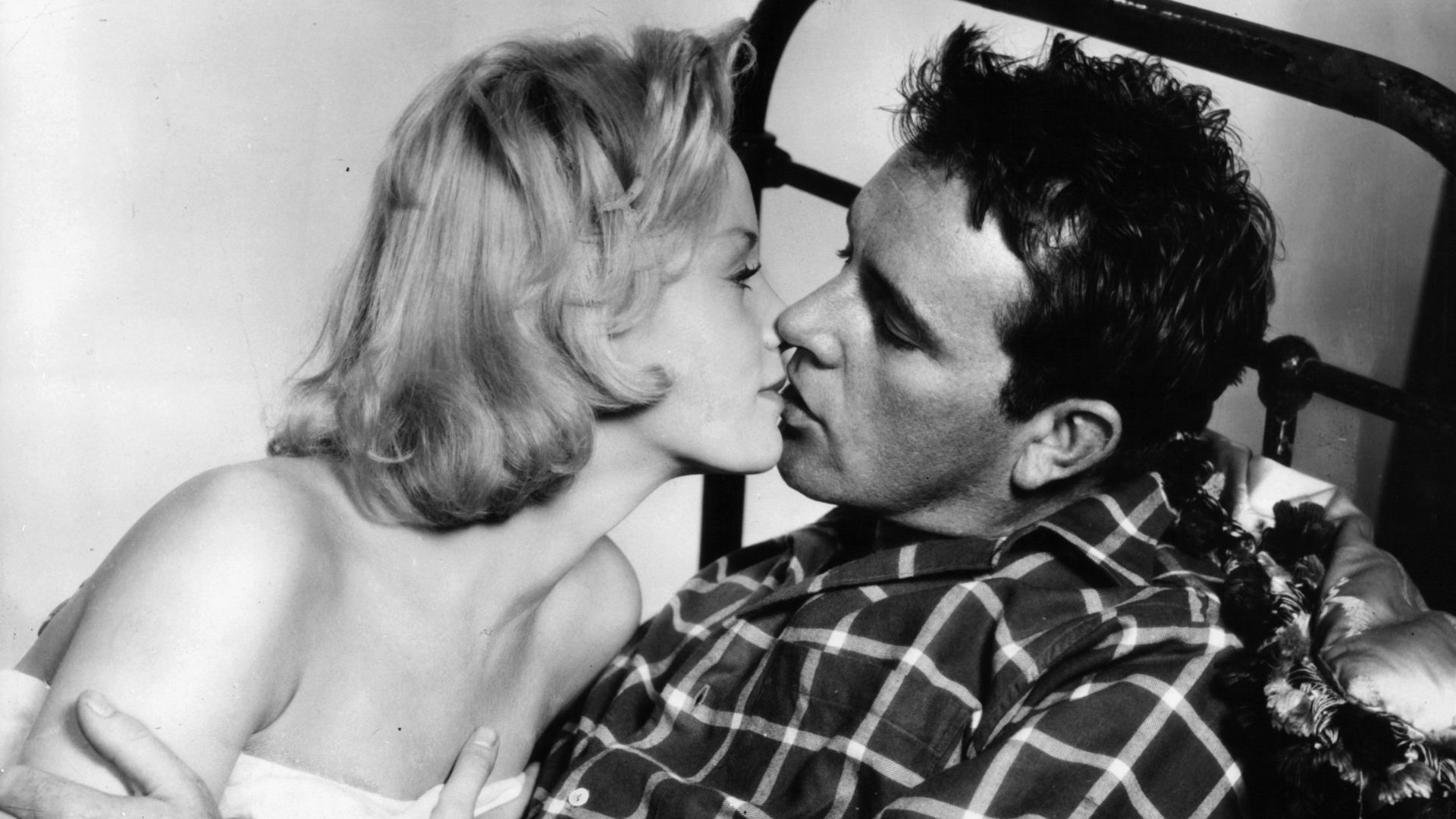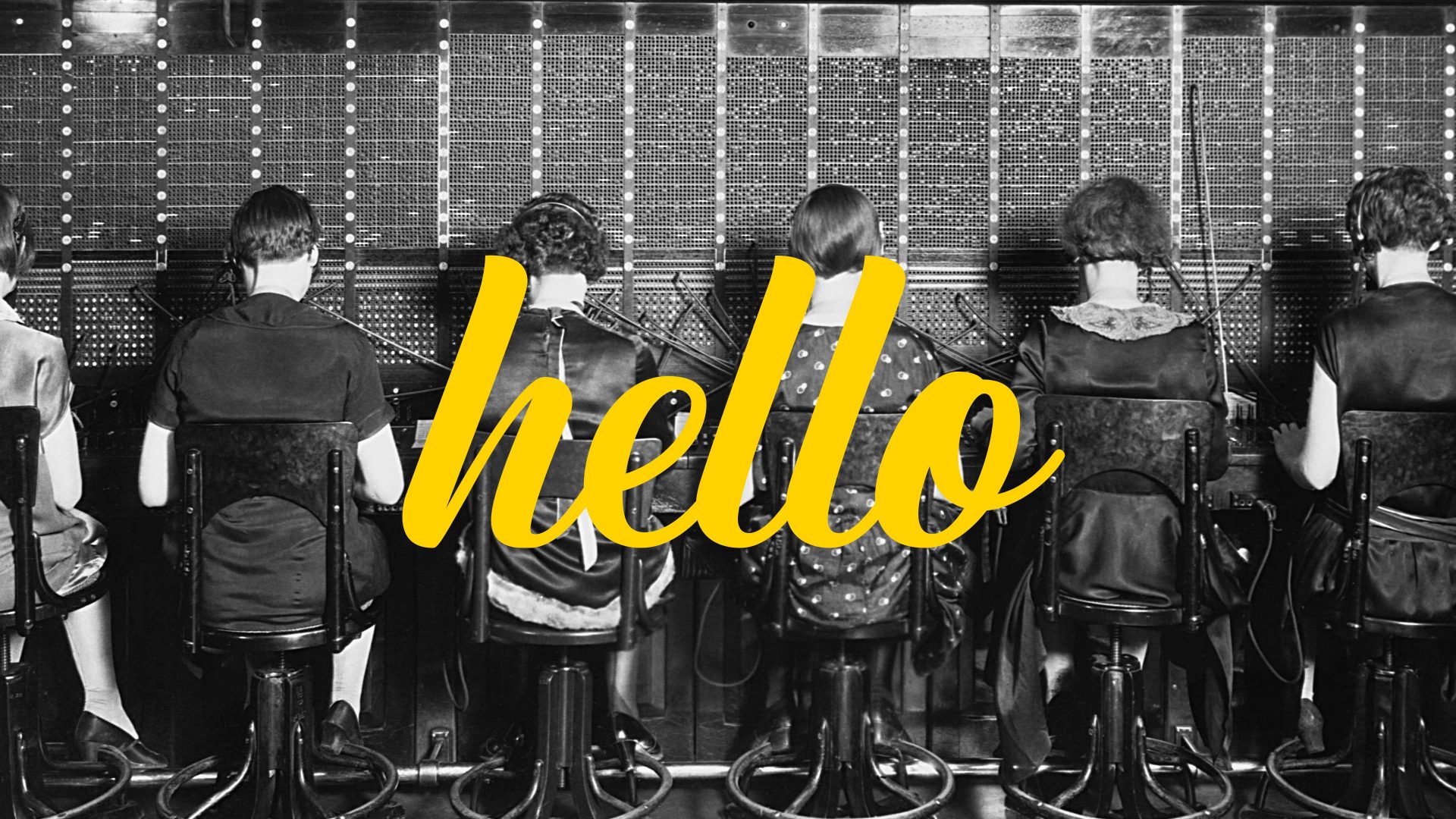There were far bigger names than Bruno Kastner who never made the transition from silent films to the talkies. Mary Pickford, Buster Keaton, Lilian Gish and Douglas Fairbanks were among those who, for one reason or another, faded fast from the screen with the advent of sound.
It is almost impossible to imagine today how extraordinary it must have been for audiences accustomed to a sparse musical accompaniment and the odd title card to hear what the characters were saying as well as see them in motion.
In September 1929 a young Billy Wilder was learning his trade as a screenwriter in Berlin when he attended the premiere of Das Land ohne Frauen (The Land Without Women), the first full-length German sound feature.
“The hero went up a flight of stairs and pressed a bell,” he recalled of the film’s opening scene. “It rang. Thousands of people jumped up, cheering and clapping. Shortly afterwards I heard the first dialogue. It sounded like huppa, huppa, muppa, muppa and probably meant ‘This afternoon my bride is coming’, or perhaps just the opposite. In any case, the audience again burst into huge cheers.”
Bruno Kastner did not appear in the film but the importance of the occasion makes it likely he was in the audience that night. He would not have been among those cheering and clapping, however. Instead he would have been rooted to his seat, realising he was watching the end of his career.
Germany’s first male screen idol, Kastner was one of the most famous faces of the Weimar Republic, at his peak receiving so many fan letters from admirers they were delivered in a daily succession of laundry baskets. The archetypal romantic lead, whenever Kastner silently wooed a leading lady on the screen every woman in the audience wished it was her.
Yet when the miracle of sound arrived in German cinema that September night Kastner knew his time was up. Not only was he four months shy of his 40th birthday, not only was the face that set thousands of hearts aflutter visibly aging and his hair thinning, Bruno Kastner spoke with a stammer.
There would be just one significant speaking role on screen, alongside Richard Tauber in the cheesy 1930 musical Das Land des Lächelns (The Land of Smiles). Bruno Kastner, “handsome Bruno” as they called him, was washed up at 40.
He was always an unlikely screen god. After being rejected for military service in his late teens on health grounds, in 1910 Kastner began taking acting lessons. This led to a place in the Harburger Theatre Company in Hamburg before he settled in Berlin, becoming a jobbing actor in a succession of supporting roles.
While Kastner was a competent stage actor it’s fair to say he was not particularly exceptional. When war broke out, however, with nearly all the established actors of his generation pressed into the forces, Kastner suddenly found himself in great demand.
It wasn’t long before cinema came calling. In 1914 the German-based Danish screen star Asta Nielsen saw something in the youngster that prompted her to recommend him to the director Urban Gad and Kastner found himself catapulted onto the screen in the romantic drama Engelein.
Kastner’s limitations as an actor remained and critics would never warm to his performances but the camera somehow made him beautiful. He glowed on the screen. When he smiled there would be an audible gasp from women in the audience. Their menfolk became envious and resentful, nicknaming him Kleiderbügel (coathanger), for his thin frame and dandyish costumes. But that could not prevent Kastner being voted Germany’s favourite actor in 1921.
The following year he opened his own studio and by the mid-1920s Kastner was a superstar. He must have felt as if he was living a fairytale, but in 1924 came a serious blow to his improbable career. While filming on location in Switzerland, Kastner was riding pillion on a motorcycle driven by a cameraman when a child ran out in front of them. The motorcycle swerved and Kastner was thrown from the machine, smashed into a tree and suffered serious injuries that kept him in hospital for three months and away from the screen for almost a year.
He was never truly the same again and the legacy of the crash caused him pain for the rest of his life. The shock of the accident and its aftermath soon showed in the flawless face that had captured so many hearts, too. Before long the camera and studio lights could no longer hide the hastening ravages of age. The trauma of the crash also worsened his stammer, meaning that when that doorbell sounded at the start of Das Land Ohne Frauen, he knew it chimed the death knell for his career.
Once the screen offers dried up Kastner attempted a return to the stage, putting together a variety act with his second wife, the cabaret artiste Lisl Tirsch, and for a brief moment at the dawn of the 1930s it seemed as if Kastner’s life would have a redemptive second act.
It was not to be, however. The houses the couple played to grew emptier and emptier. Occasionally, in an even greater humiliation, Kastner found himself performing in cinemas as a warm-up act before the films. To compound his misery, some of those films starred his first wife Ida Würst, who had become one of Germany’s best-loved screen actresses since they divorced shortly after Kastner’s accident. To compound matters Würst had adapted brilliantly to the sound era.
By 1932 Kastner was reduced to playing the summer circuit of German spa towns to half-interested holidaymakers in half-empty theatres, going through the motions before audiences who barely remembered him and a new generation who had never heard of Bruno Kastner in the first place.
At the end of June 1932 he appeared at a tiny theatre in Bad Kreuznach in southwest Germany in a play called Treu oder Untreu (True or Untrue), with a hastily assembled cast of local amateur actors. When the curtain rose Kastner saw rows of empty seats. During the performance the pain that had been a permanent companion since the 1924 accident seemed more acute than ever and his worsening stammer garnered the occasional audible snigger from beyond the footlights.
That night he returned to his hotel room, wrote a letter to his wife and hanged himself from the curtain rail.
That same evening German audiences packed cinemas across the country, enthralled by the ethereal, ageless faces shining from the screen and the voices that accompanied them.




